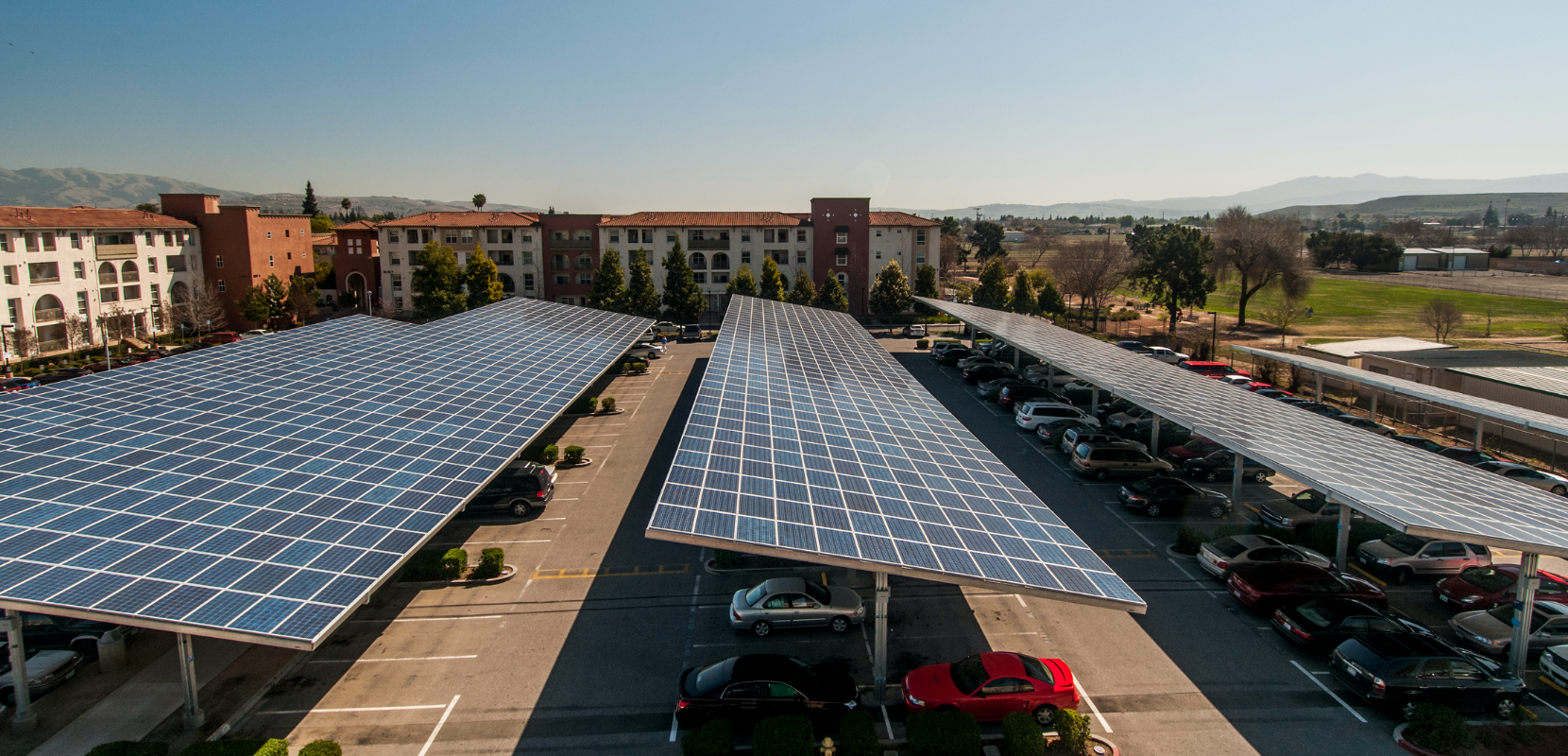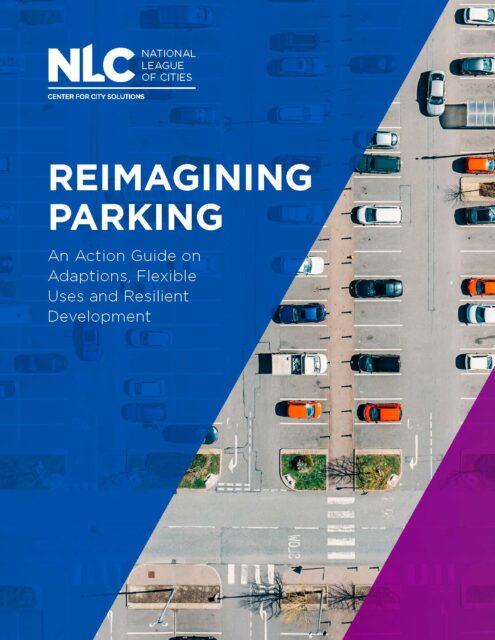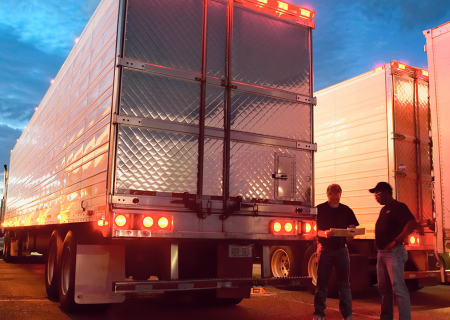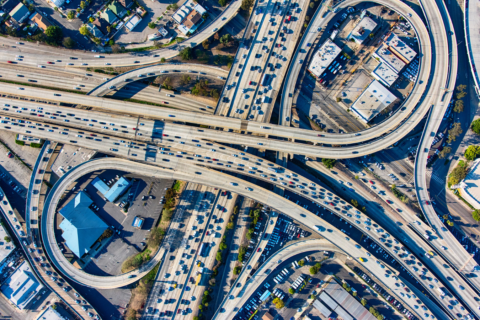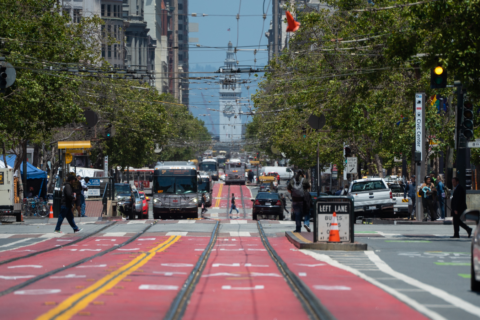Access to parking has evolved over the past 50 years into a fundamental need for Americans to travel to and from places across the United States. Parking has increasingly become a contentious topic in local infrastructure development as concerns grow about its economic, environmental, social and health costs. Yet, transportation technologies and innovative advances have expanded and upgraded the options to travel via micromobility, e-scooters, rail, buses, shared mobility programs and more for low-carbon, healthier means of travel.
The COVID-19 pandemic highlighted a booming desire to return streets to simple means of moving around, particularly walking and bicycling. Some local governments made adjustments in light of these transportation shifts, but car-centric infrastructure development, such as parking, still continues as the dominant federal, state and local transportation funding investments in cities throughout the U.S.
This action guide highlights how local leaders can reimagine parking through adaption, flexible uses and future short- and long-term investments. The guide breaks down the state of parking in the U.S., delving into parking’s economic, environmental, social and health costs to cities and their residents. It shares tools available to local leaders to understand their municipalities’ parking footprint. It provides background on federal funding available to local governments to make the changes and innovations referenced throughout this guide. Download now.
